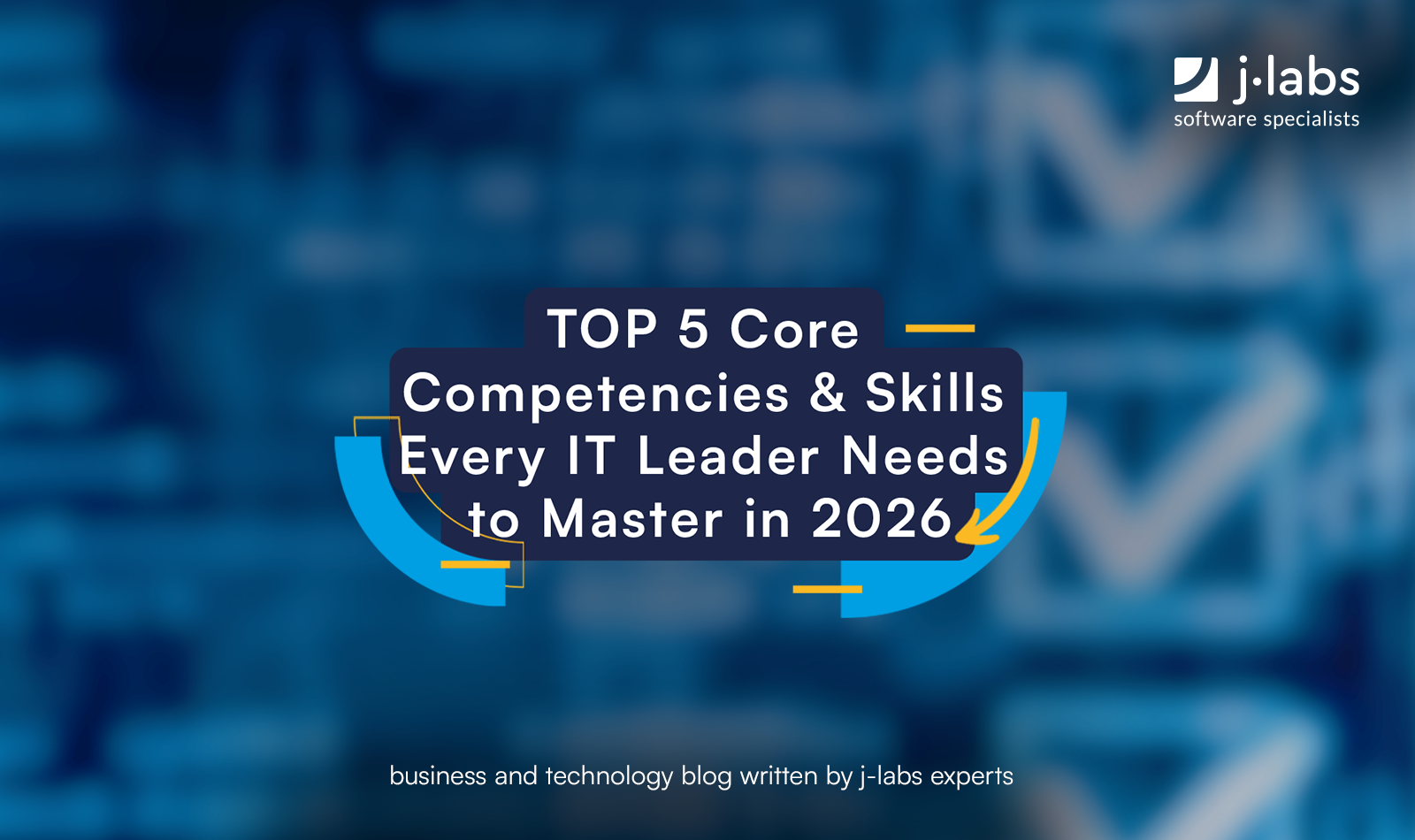How to effectively manage IT Infrastructure in a company?
IT infrastructure is not just servers, networks, and devices but also a team of specialists and software. All of these components must work seamlessly together. Effective management of IT infrastructure should be your priority. To help you achieve this, here are some tips on how to effectively manage IT in your company—from A to Z. We can provide you with an experienced team and expert support, but the rest is up to you!
What is IT infrastructure?
Before we dive into the practical aspects of managing IT infrastructure, let’s explain what it actually is.
IT infrastructure encompasses the technological resources that support a company’s operations. Need more details? Here’s what it includes:
- computer hardware,
- software,
- networks,
- data centers,
- cloud services.
It’s not easy to define IT infrastructure in a single sentence. However, if you want to understand its importance, consider this: it is essential for storing, processing, and transmitting data. This directly impacts communication both within and outside the company as well as business operations.
IT infrastructure project management in a company – What you need to know?
The core concept is simple: effective IT infrastructure management involves optimizing the use of available resources to align with your business strategy. How can you do this? By monitoring, maintaining, updating, and securing the IT infrastructure. In practice, this means ensuring that all elements work without interruptions and comply with the latest standards.
Let’s explore some key aspects.
Monitoring IT infrastructure
Monitoring IT infrastructure involves regularly checking the status of components such as servers, networks, applications, and databases. Why should you allocate finances or resources for monitoring? Without it, you won’t detect problems early enough, risking system failures. From a future perspective, automation and outsourcing of monitoring can significantly reduce response times, minimize downtime risks, and ultimately save you money.
Another crucial aspect of monitoring is historical data analysis, which helps identify patterns and predict future issues. By taking a proactive approach, you can, for example, plan equipment upgrades before failures occur.
Tip: There are two types of IT infrastructure monitoring: proactive and reactive. The difference can be understood through the above example. Proactive monitoring involves analyzing all available data to prevent problems, while reactive monitoring is merely a response to incidents that have already occurred, allowing you to understand why and how they happened.
External IT Team – a way to optimize work?
At j‑labs, we specialize in providing our clients with top-class, senior-level developers whose expertise contributes to business success. IT infrastructure management (IT monitoring, maintenance) remains on your side—but you can leverage external expertise. How?
An example of effective outsourcing in IT infrastructure management could be the Agile Project model. In this approach, the company outsources IT project management to an external development team, supervised by a Delivery Manager. This model allows for flexible resource management and a quick response to changing business requirements.
It’s also worth considering Team Extension, a service that allows you to supplement your team with external specialists in a Time & Material model. The Delivery Manager ensures project completion on time and with the highest quality standards. This approach enables flexible IT resource management without the need for recruitment and extra costs. Whether your project focuses on company growth or monitoring your current infrastructure, outsourcing could be the solution you need.
Challenges and the future of IT Infrastructure management
Managing IT infrastructure is becoming increasingly complex due to the rapid pace of technological advancements and the growing role of IT in every company’s operations. Without scaling, the increasing volume of data you need to process and store could quickly overwhelm you.
Therefore, if possible, invest in initiatives such as automation (across all areas!) or incorporating machine learning elements into your systems and processes. At the same time, pay close attention to security concerns. To protect against cyberattacks, prioritize monitoring your IT infrastructure and make sure its maintenance is one of your top priorities.
Meet the geek-tastic people, and allow us to amaze you with what it's like to work with j‑labs!
Contact us



